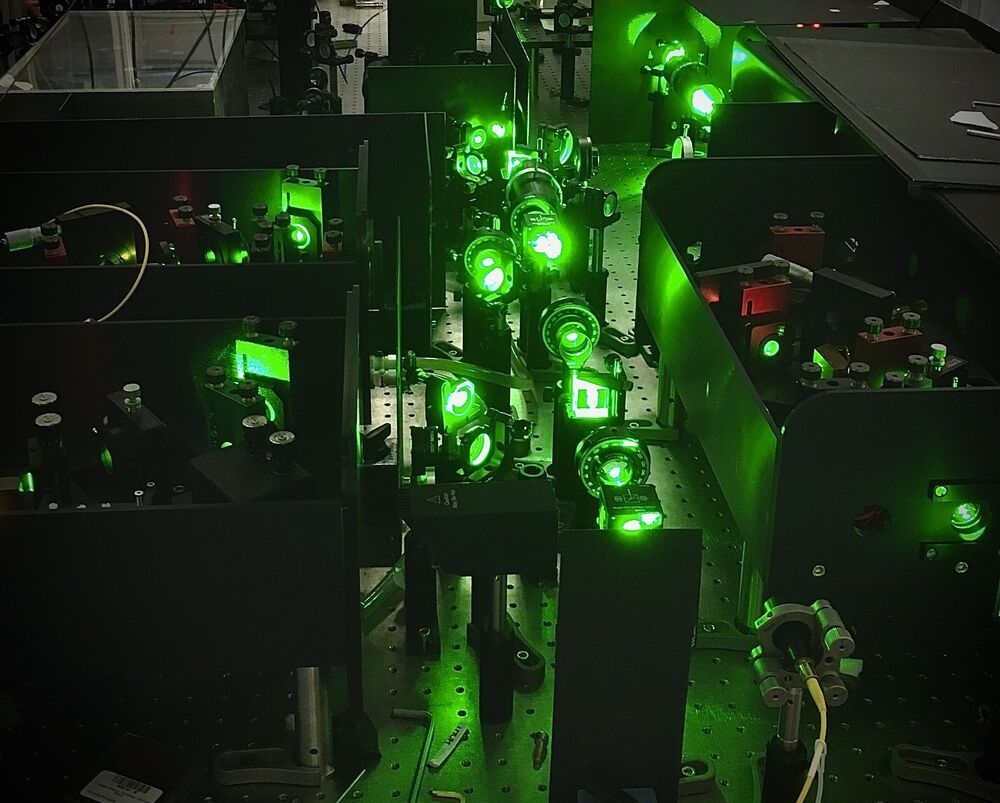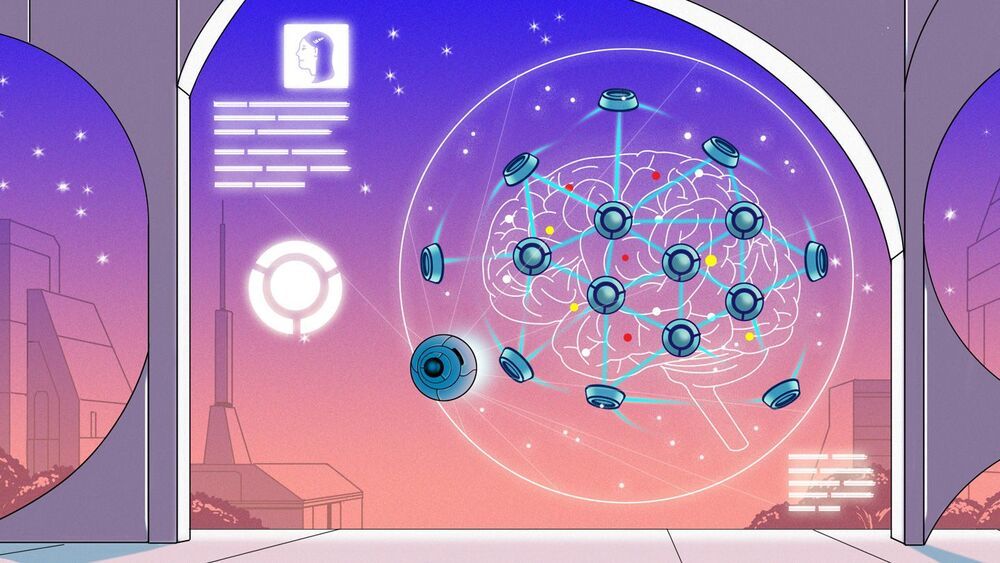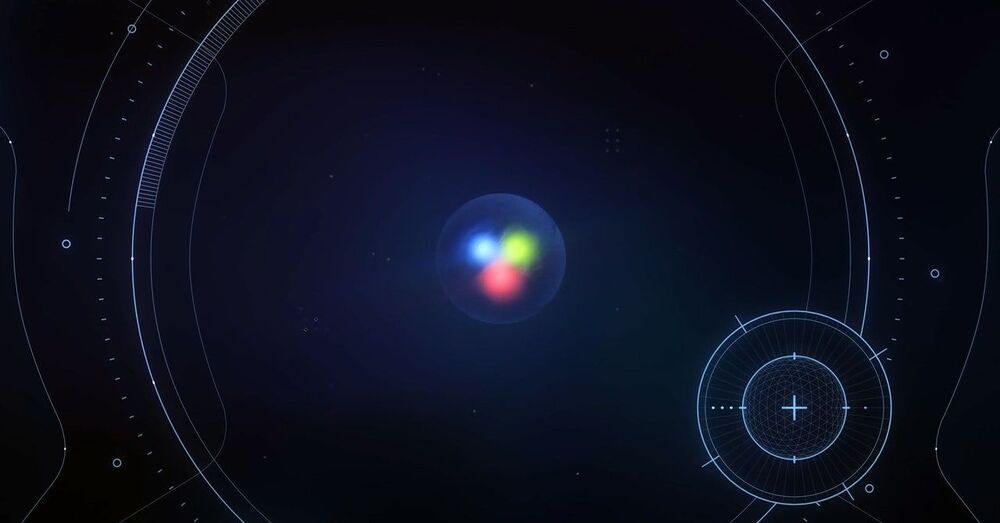After his PhD thesis invalidates an old assumption, Norman Cao wonders what’s next.
“What are some challenges in controlling plasma and what are your solutions? What is the most effective type of fusion device? What are some difficulties in sustaining fusion conditions? What are some obstacles to receiving fusion funding?”
For the past four years, graduate student Norman Cao ’15 PhD ’20 has been the Plasma Science and Fusion Center’s (PSFC’s) go-to “answer man,” replying to questions like these emailed by students and members of the general public interested in getting a deeper understanding of fusion and its potential as a future energy source.









